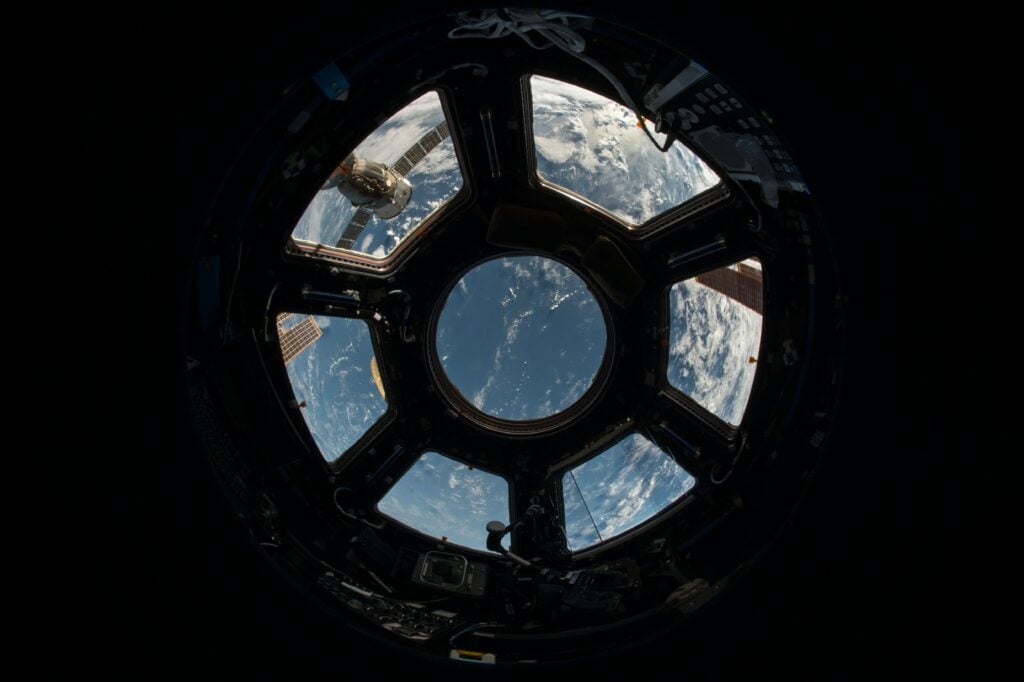
Connecting in New Ways- Digital Communication in the Arctic
On June 14, 2023 the Royal Norwegian Embassy in Helsinki and Arctic Frontiers in collaboration with ProTromsø organized a seminar on digital communication in the Arctic. This event explored the prospects of improved connectivity in the High North through submarine cables and satellites.
The aim of this seminar was to address the possibilities and challenges for our two countries related to improved pan-Arctic connectivity. Can the changed geopolitical situation propel the urgency for this improved digital connectivity? Are regional authorities and governing organisations ready to support projects of this magnitude, and to reap the potential benefits? Are they prepared to work with businesses when it comes to, for example, land regulation? What kind of business opportunities arise from improved connectivity for existing and new companies? Which effects does robust digital infrastructure have on the regional level?
Read more about the seminar on our highlight page.
Program
09.45 Doors open
Welcoming remarks
Ambassador Dag Stangnes, Royal Norwegian Embassy
Anu Fredrikson, Executive Director, Arctic Frontiers
Part I
10.10-10.20 Discussing connectivity in a demanding Arctic context, an overview
by Olli-Pekka Rantala, Director-General of Ministerial Governance Department, Finnish Ministry of Transport and Communications (LVM)
10.20-10.30 The economic value of submarine cables in the Arctic
Presentation of findings from an analysis of the societal value of digital infrastructure investments in the Nordic countries by Juergen Qvist, NORDUnet
10.30-10.40 The potential of Pan-Arctic Connectivity:
A case study on the Far North Fiber project, by CEO Ari-Jussi Knaapila, Cinia
10.40-10.50 The Potential of Norwegian-Finnish cooperation on submarine cables
Dag-Kjetil Hansen, Bredbåndsfylket (Broadband provider in the Norwegian Arctic)
10.50-11.20 Moderated discussion with the speakers from Part 1, facilitated by Anu Fredrikson.
11.20 -11.30 A short break
Part II
11.30-12.05 Panel discussion: Will ensuring a robust, more resilient digital infrastructure provide a source of growth for the Nordic regions?
Per Öster, CSC (CSC – IT Center for Science)
Anders Andersen, The Arctic University of Norway
Nils Arne Johnsen, Troms and Finnmark County Council.
Moderator – Gøril Johansen, ProTromsø
Part III
12.05-12.40 Panel discussion: From space to earth – the benefits of modern digital solutions and technology in the Arctic
Given the challenges, we need the best possible instruments for climate monitoring, resource management, telecommunications and navigation. Success-stories from Norwegian and Finnish businesses and institutions.
Yngve Vassmyr, Earth Observation, Tromsø
Tero Vauraste, Iceye
Pekka Rantala, Business Finland
Moderator – Gøril Johansen, ProTromsø
Closing remarks: Anu Fredrikson
12.45-14.00 Lunch and networking
Background
From the bottom of the ocean to space
Digital connectivity is a prerequisite for modern development. In the Arctic, digital connectivity plays an even bigger role as many communities are distant, sparsely populated, and challenging to reach due to, among others, harsh weather conditions. However, the Arctic also presents many advantages for becoming a new marketplace for connectivity, such as land availability, cold climate, access to clean energy, and well-educated workforce. Finland and Norway have set a strong focus on capitalizing on these advantages. This event focuses on the potential of improved connectivity in the Arctic through submarine cables and satellites.
Novel possibilities lie in connecting these countries to a planned fiber optic cable from Asia to Europe via the Arctic. The current plans for the development of Far North Fiber (FNF) from Asia across Northwest passage to Northern Norway could serve such purpose. This cable could strengthen the e-communication infrastructure across the northern regions of Norway and Finland if connected to Finnish infrastructure.
The utilization of space has emerged as an integral part of societal infrastructure because of the unique qualities the space infrastructure provides in telecommunication, navigation and positioning, space research and increasing satellite coverage over the Earth’s surface. The utilization of space requires infrastructure in space and on the ground. Due to the orbit of many of the satellites, the Arctic provides the most effective location for ground stations. This has led to an extensive development of suited ground infrastructure in the region.


Providing better digital connectivity and a more robust network capacity through fiber cables and satellite services could create business opportunities in the region by boosting local enterprises’ access to the global economy. It has the potential to foster new companies along the supply chain thus creating new jobs in the region and helping address larger demographical challenges. It can also contribute to new opportunities for research institutions by giving them access to new data and a larger and faster capacity for data processing. Maritime operations, climate monitoring, telecommunications are among the likely beneficiaries.
In addition to strengthening environmental and resource management in the northern area, building and developing digital communication infrastructure can also promote further developments in the education sector of the region. Additional educational opportunities in key sectors will be necessary to train and recruit young people to these industries.
International collaboration is essential in order to implement, operate and finance all facets of this project from logistics, infrastructure and data delivery chains. For projects of this scale, it is important to secure national and regional support. There is a need to build awareness and knowledge on all levels, and to market the opportunities to potential beneficiaries like businesses.
Goal of the seminar
With this seminar, addressed the possibilities and challenges for our two countries with improved connectivity in the north. Are there obstacles in terms of international cooperation? Can the changed geopolitical situation propel the urgency for this improved digital connectivity? Are regional authorities and governing organisations ready to support this kind of projects? What kind of business opportunities are there for existing and new companies?
